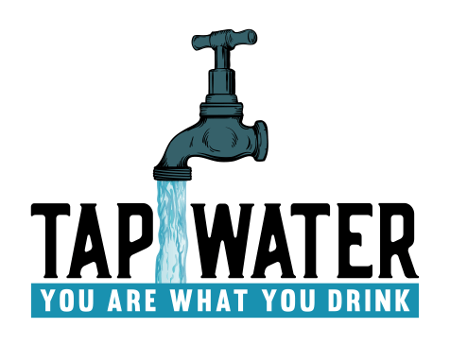
Can I drink the tap water?
How good is the tap water in Quillota, Chile ?
All in all, 50% of folks here drink from the tap.
How good is the tap water in all of Chile?
All in all, 45% of folks here drink from the tap.
Can you drink the tap water in Quillota then?
What residents and travelers say
Experiences with tap water in Quillota show notable variation across buildings and neighborhoods. Many locals describe the taste as generally acceptable but occasionally chlorinated, which can influence the preference for bottled or filtered water. There is no uniform consensus on drinking directly from the tap; some residents consume it without concern while others prefer to use basic carbon or ceramic filters, especially in older or less maintained areas. Travelers often mention that the water quality is better in newer developments around the city center compared to some outlying sectors, where occasional reports of minor discoloration or odor occur after rain or work on pipes.
Usage of water filters is common but not universal—some households rely on pitcher or tap-mounted filters to improve taste and reduce chlorine. Refilling reusable bottles from the tap happens, particularly when Esval assures water safety, but many opt for commercial bottled water due to personal taste preferences or precaution. Anecdotes also suggest variability even within the same building depending on plumbing condition and connections. While some cafes and restaurants use tap water directly, others clearly use filtered sources or bottled water.
- Taste generally clean but can have chlorine hints depending on area and recent maintenance.
- About half of residents appear to use filters or bottled water to adjust taste or minimize contaminants.
- Refilling water bottles at home or in public is practiced but depends on individual comfort and recent water quality updates.
- Newer buildings/neighborhoods report fewer taste or clarity issues than older infrastructure.
- Careful with rain events or after pipe works as water discoloration or odor can temporarily rise.
For the most accurate and current water safety information, consult official sources like the Empresa Sanitaria de Valparaíso (Esval), the Ministerio de Salud, Chile, or updates from the Esval Twitter channel. Regional notices from the Gobierno Regional de Valparaíso and infrastructure reports by the Ministerio de Obras Públicas also provide valuable insights about water network status and advisories.
Further reading on tap water in Quillota
To verify the current quality and advisories concerning tap water in Quillota, start by visiting the official website of the regional water utility or the local health department for detailed reports and updates. Additionally, check the Ministry of Public Works (Ministerio de Obras Públicas) and Ministry of Health (Ministerio de Salud) websites for national-level data and alerts. For timely announcements, you can also follow official social media channels of the local water utility or Quillota municipality. Avoid relying on non-authoritative blogs to ensure the information you receive is accurate and official.
- https://www.esval.cl" rel="noopener" target="_blank">Empresa Sanitaria de Valparaíso (Esval)
- https://www.mop.gob.cl" rel="noopener" target="_blank">Ministerio de Obras Públicas, Chile
- https://www.minsal.cl" rel="noopener" target="_blank">Ministerio de Salud, Chile
- https://www.gorevalparaiso.cl" rel="noopener" target="_blank">Gobierno Regional de Valparaíso
- https://twitter.com/ESVAL_" rel="noopener" target="_blank">Esval Twitter